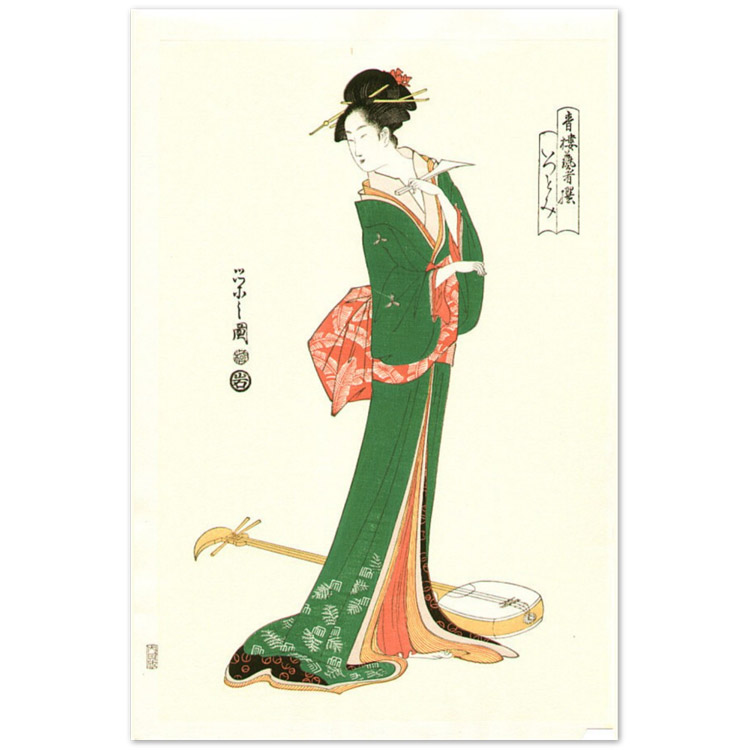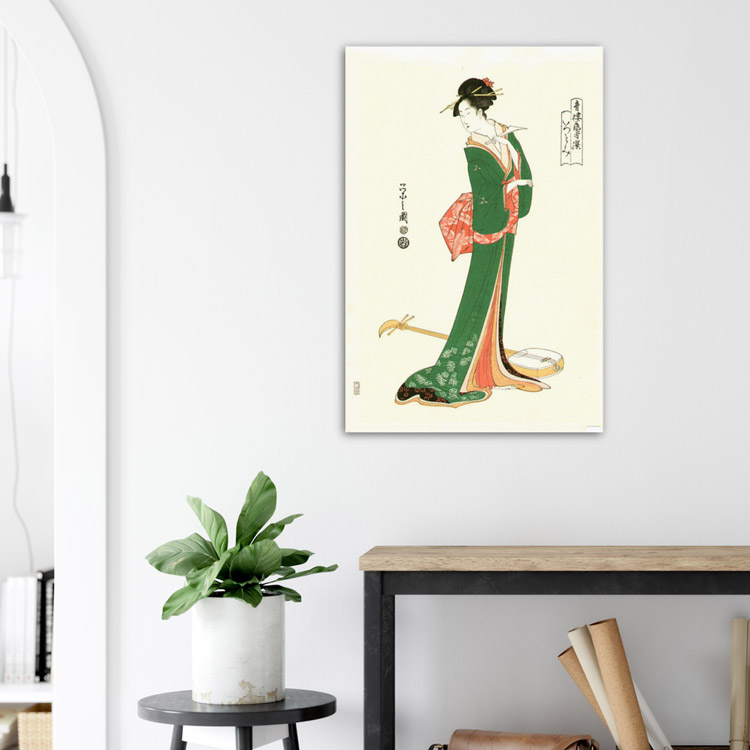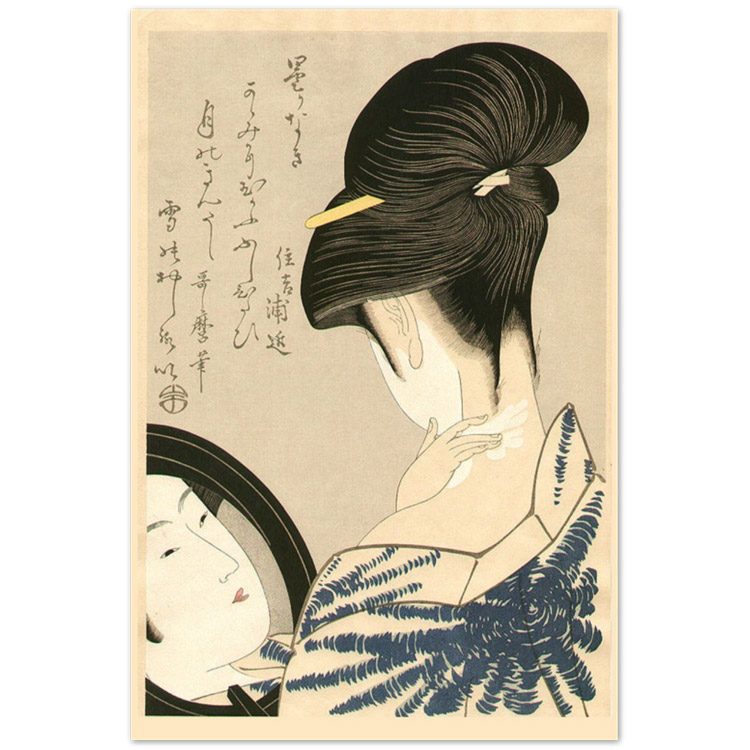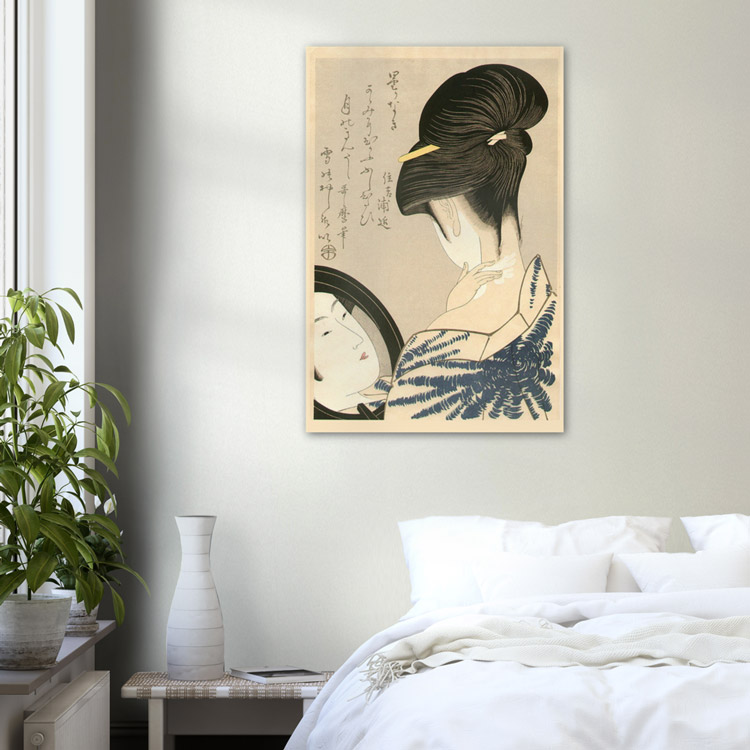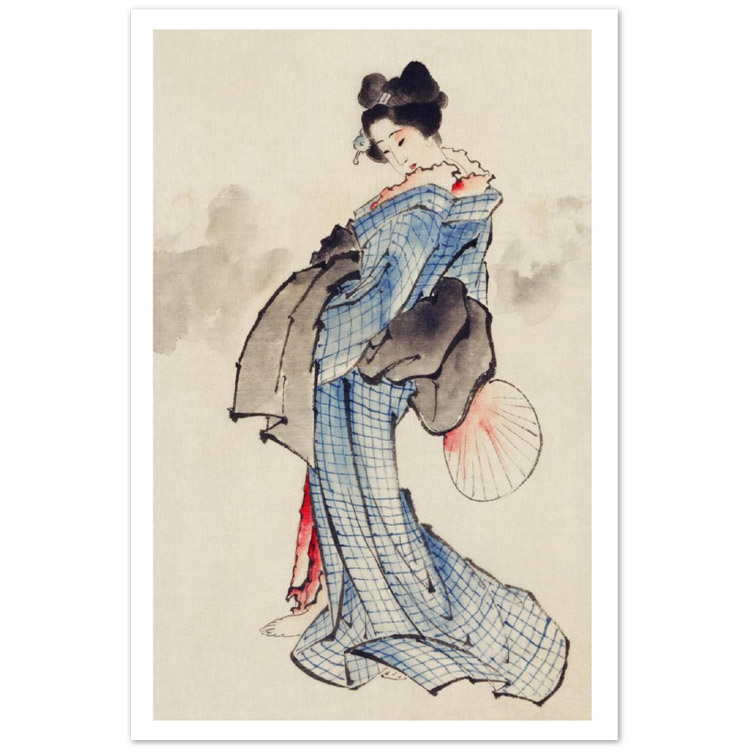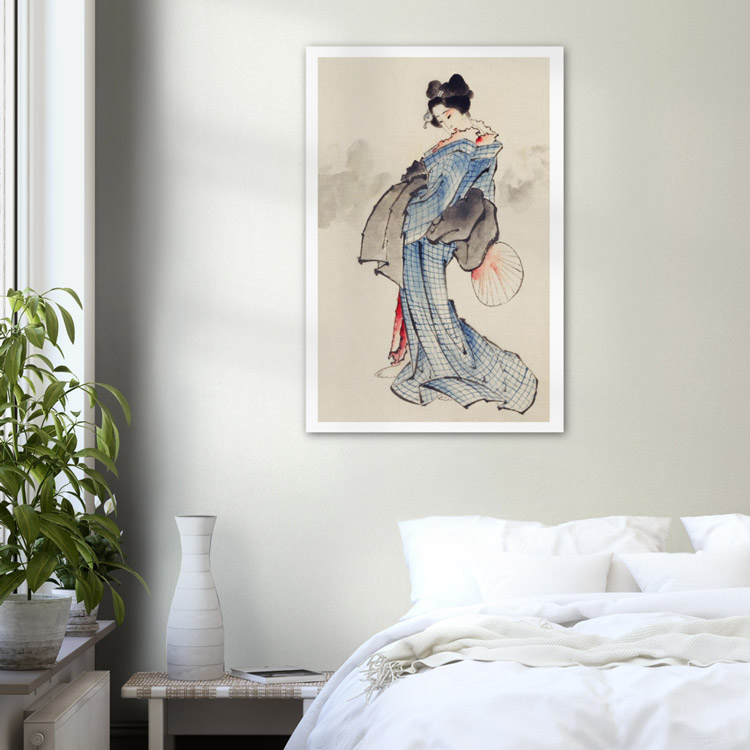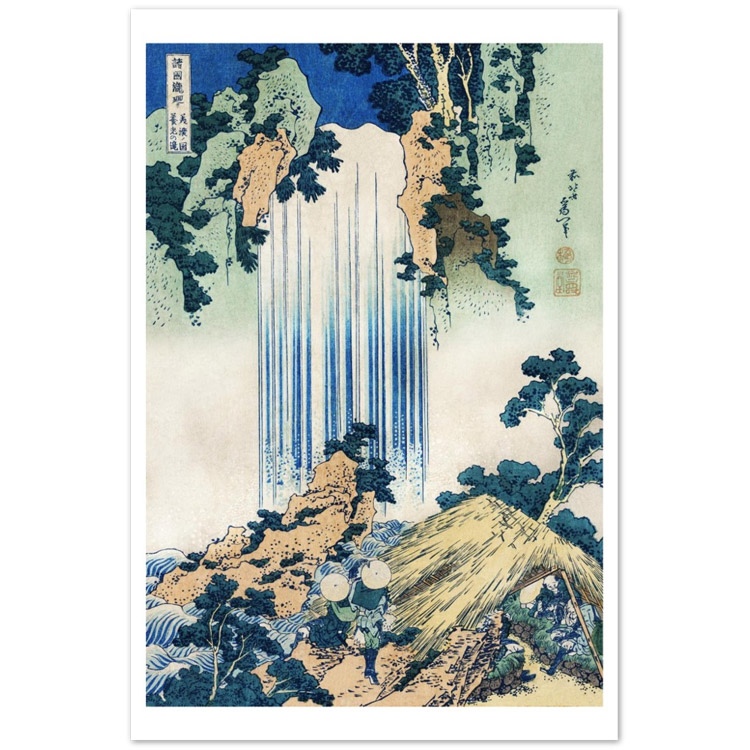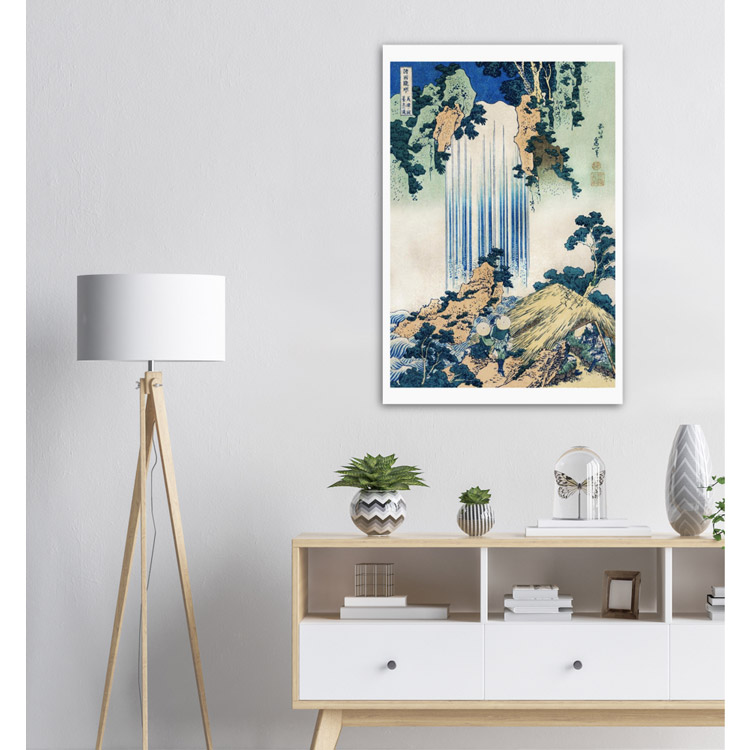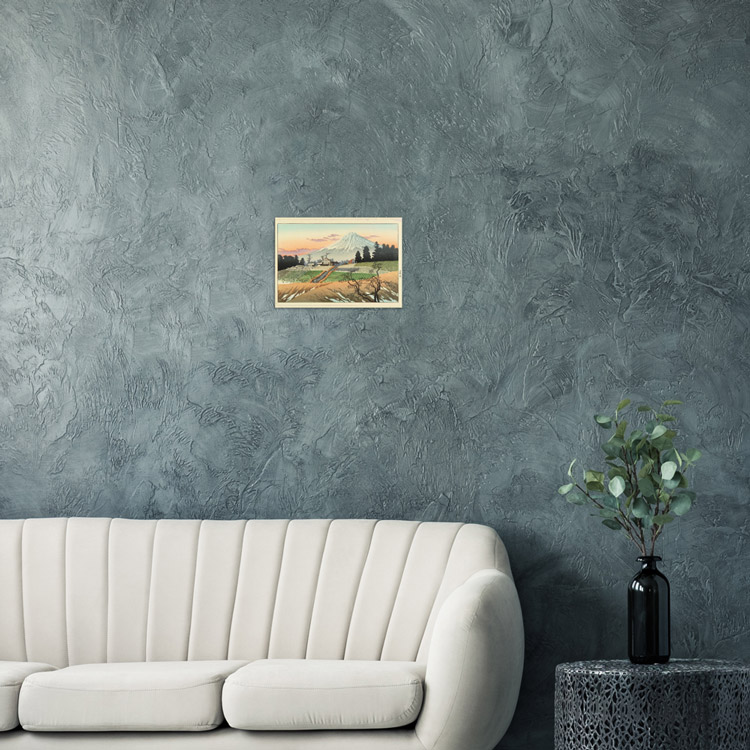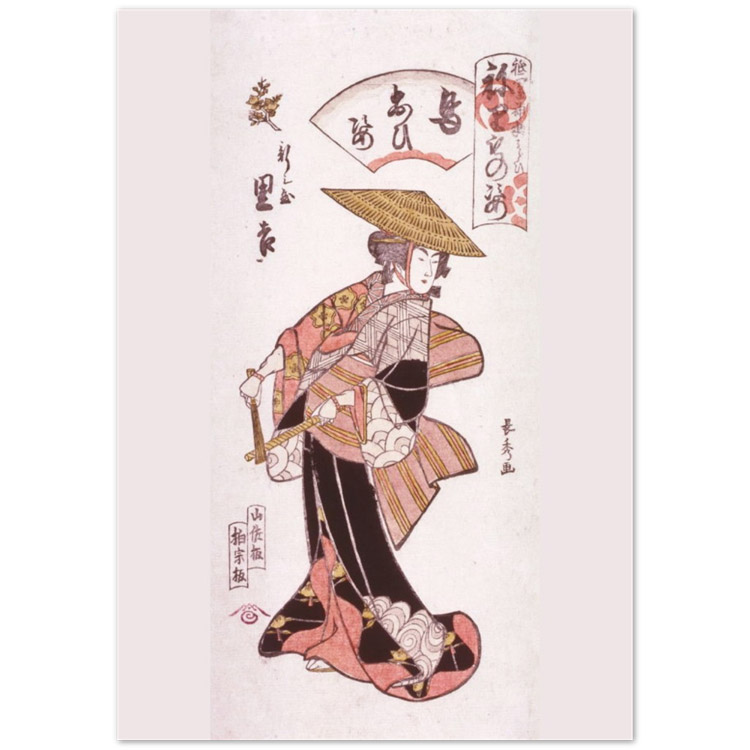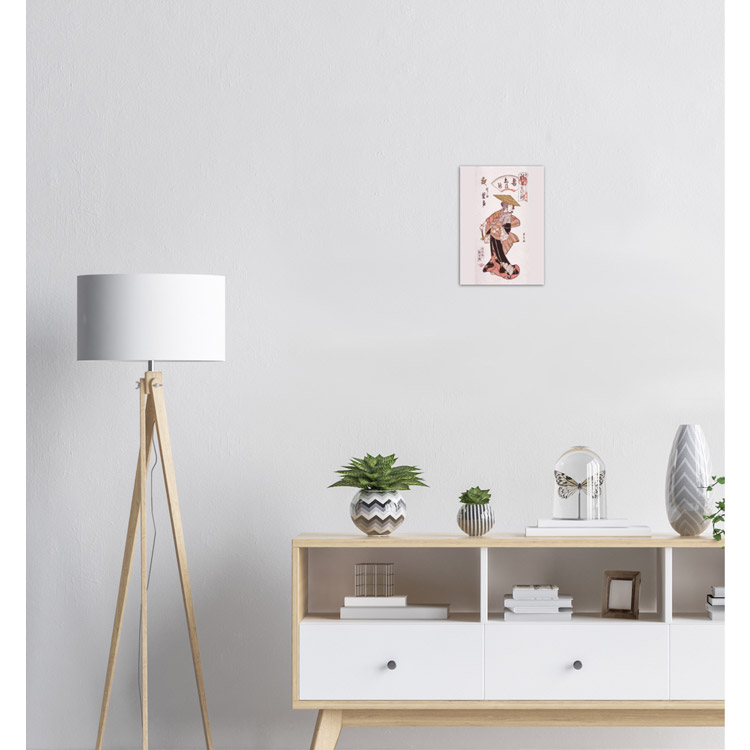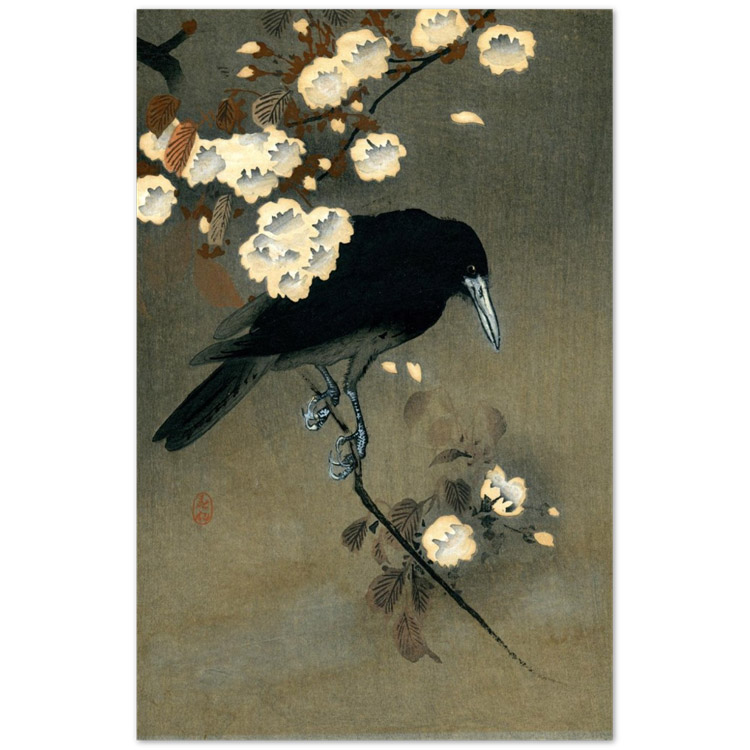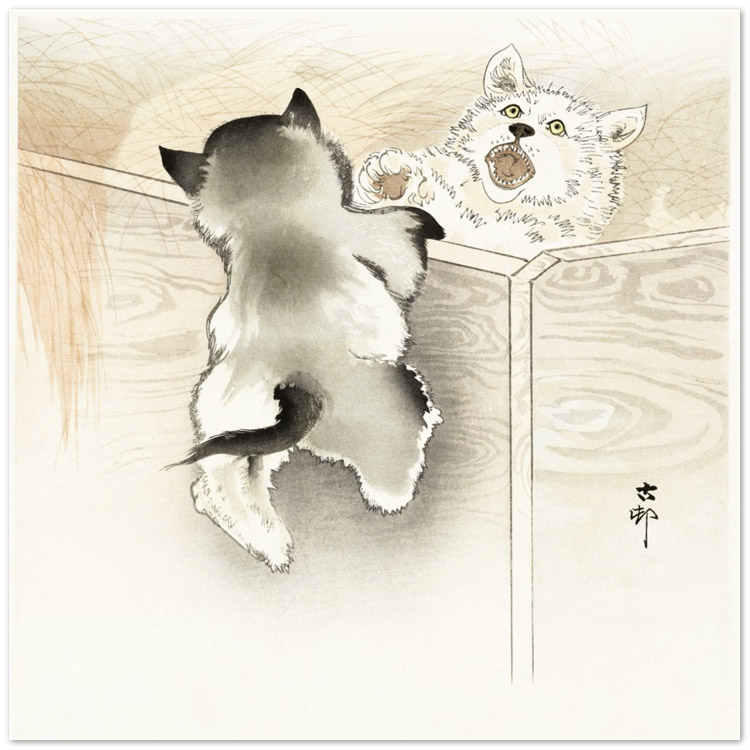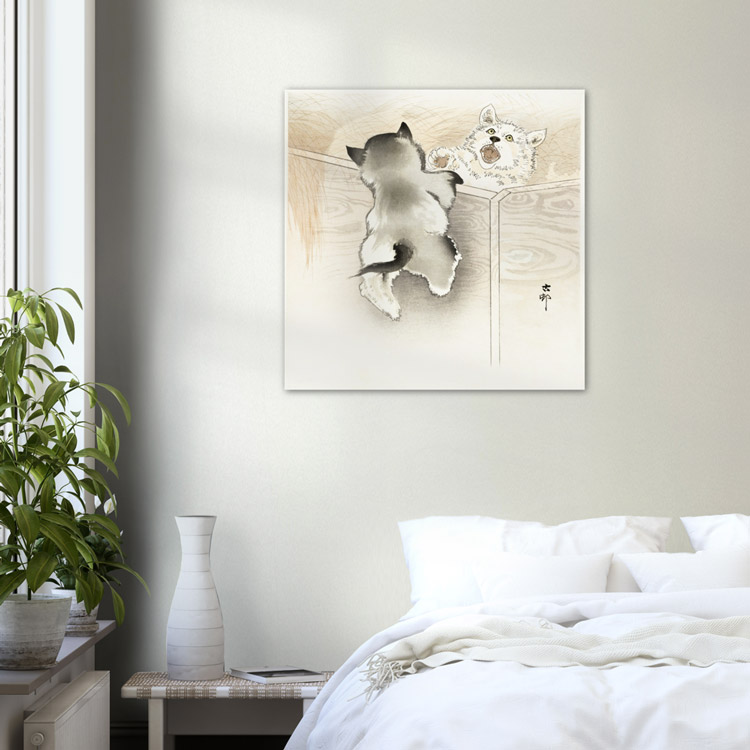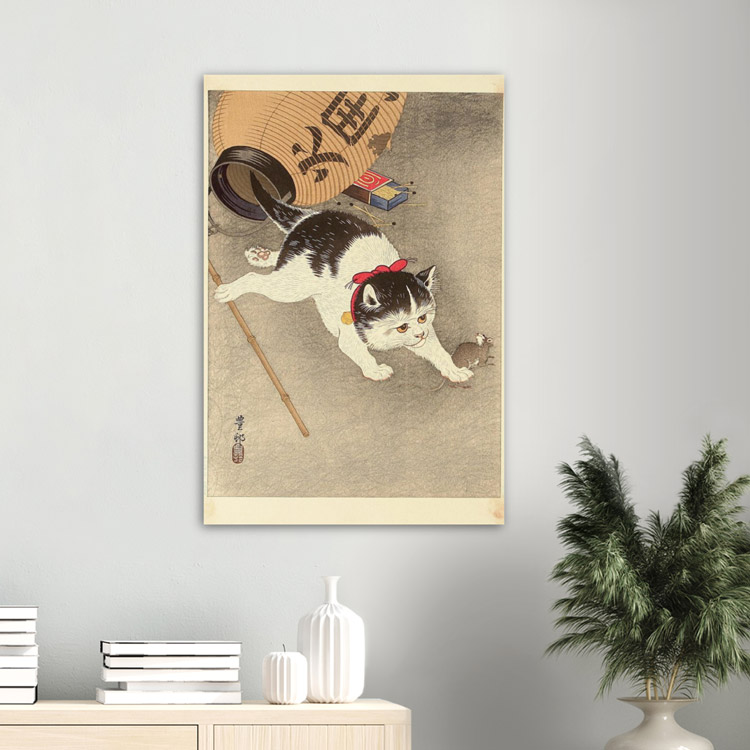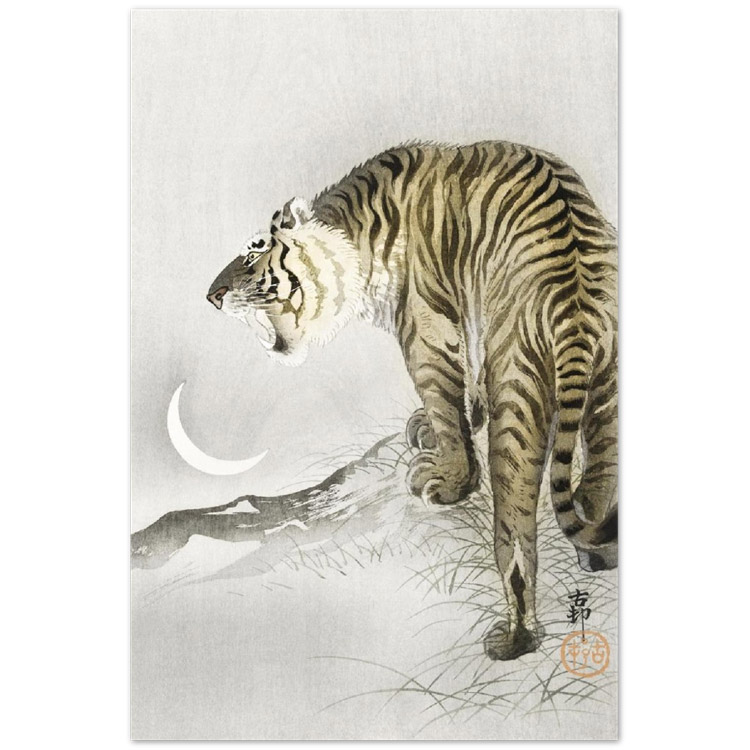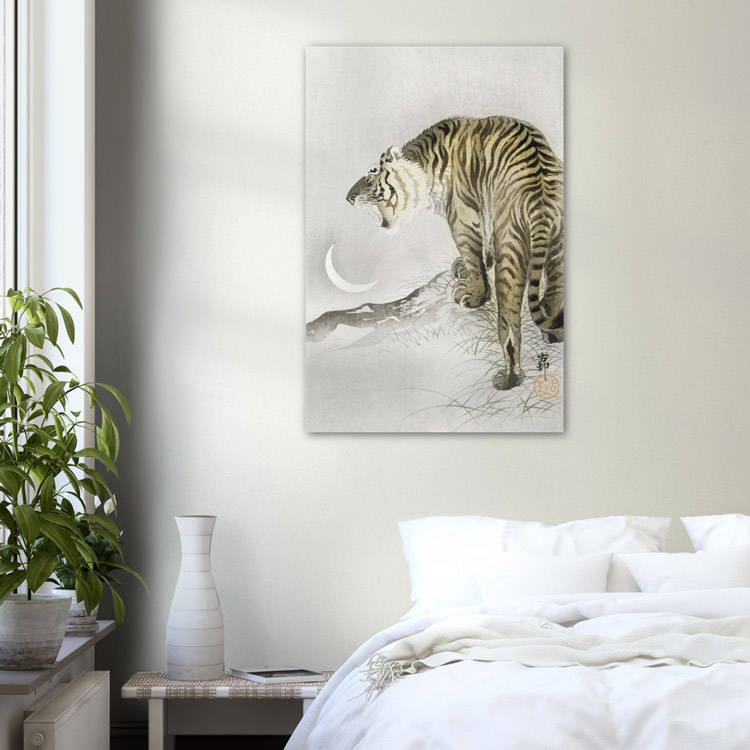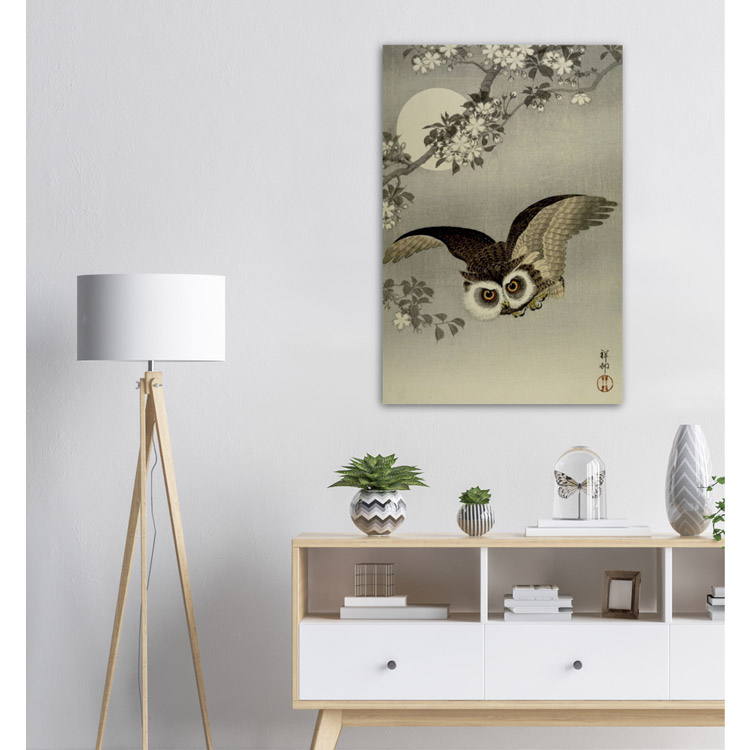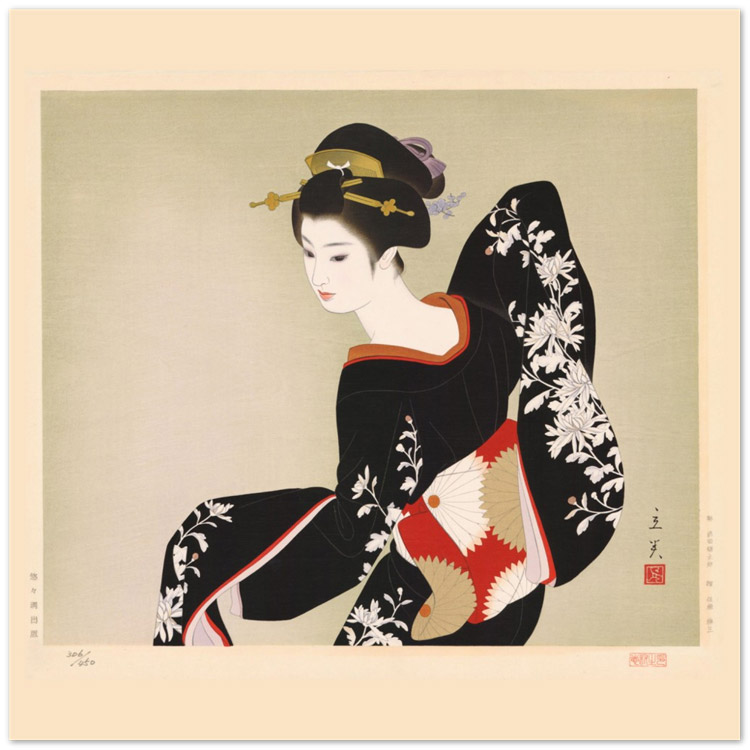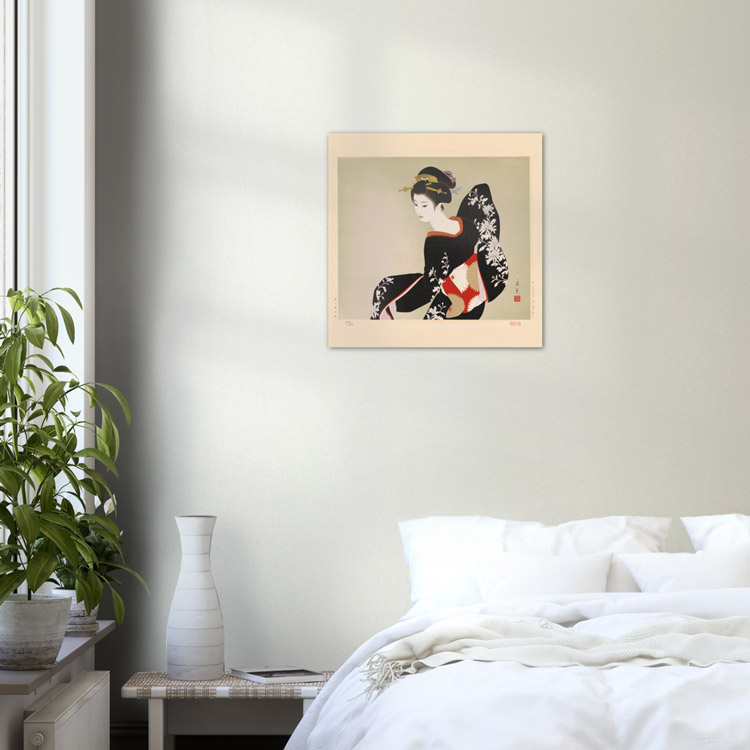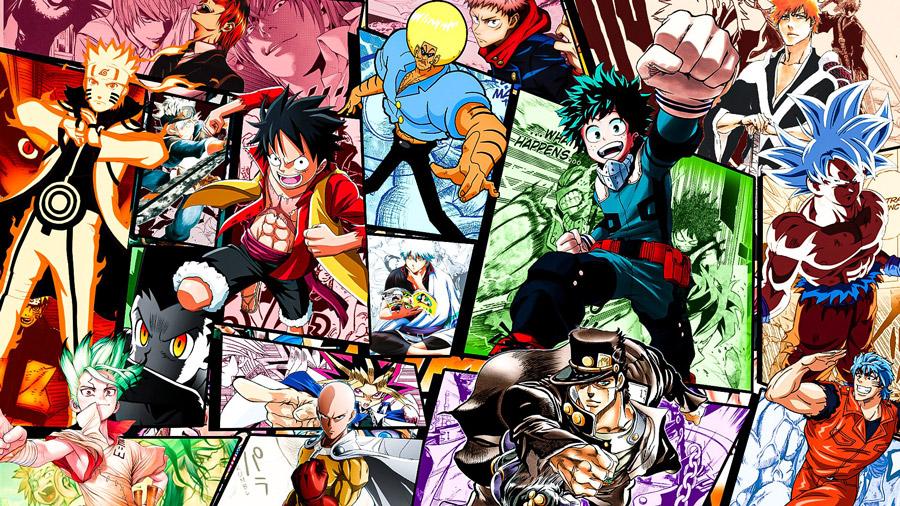🌊🌊🌊
Looks familiar? Let me ask you: what does this emoji and Van Gogh’s Starry Night have in common? Other than the interesting shades of blue and the unique swirls exhibited on both images, actually, they were both inspired by the works of great Japanese artists, in a unique style known in traditional Japan as ukiyo-e.
What is Ukiyo-e?
Ukiyo-e, literally meaning “pictures of the floating world”, is an art genre that largely defined the Tokugawa Era of Japan (1603-1867). Initially depicted on Japanese scrolls, artists soon found a way to integrate their styles with a woodblock printing process, resulting in the commercialized popularity of the style.
In fact, ukiyo-e is one of the very first Japanese art movements that made its way to the West. The growing interest in this unique aesthetic influenced many Western artists and art movements, including Impressionism, Art Nouveau, and Modernism.
Historical Meaning

But how did ukiyo-e come to be? Ukiyo-e grew in popularity at a time when peace prevailed in the Edo period when society was divided into four classes: the warriors, the farmers, the artisans, and the merchants.
The merchants, despite being at the lowest position in society, grew in wealth and power as they took advantage of the rapid development of the country. They made a name for themselves in society… but they were still confined in their place on the hierarchical ladder.
Hence, to divert their money and attention elsewhere, these merchants indulged in the pleasures of the entertainment district, most notably in the Yoshiwara quarter of Edo. In turn, artistic depictions of their merriment and debauchery grew in popularity — and thus the new genre of art emerged to define the era.
Genres & Style
There are various subgenres under the ukiyo-e art style that grew in popularity as the times changed, differing depending on the main motif or subject of the painting.
From its initial portrayals of beautiful courtesans and dramatic kabuki actors, the genre’s focus shifted to flora and fauna as well as popular landscapes of Japan.
Eventually, through the work of several iconic artists, the style also developed beyond its standard woodblock printing. Various artists experimented with different materials, colors, and lines, thereby revolutionizing the creative printing process. These artists would later also pave the way for contemporary art movements.
Iconic Ukiyo-e Artists and Their Works
Kitagawa Utamaro (1750-1806)

Utamaro was one of the earliest and most influential ukiyo-e artists in the Edo period. Born in a provincial town, he moved to the capital city with his mother later in life, where he published many books on nature. Around 1971, he finally gave up on boring illustrations of insects and moved on to more interesting subjects — women. Utamaro’s ukiyo-e prints usually depict sensuous portraits of beautiful women.
Unfortunately, at the peak of his career, he made the mistake of painting the wife and concubines of military general Toyotomi Hideyoshi. Consequently, Utamaro was punished by the general, and the experience crushed his spirit, forever ending his artistic career. Truly, a bad career move.
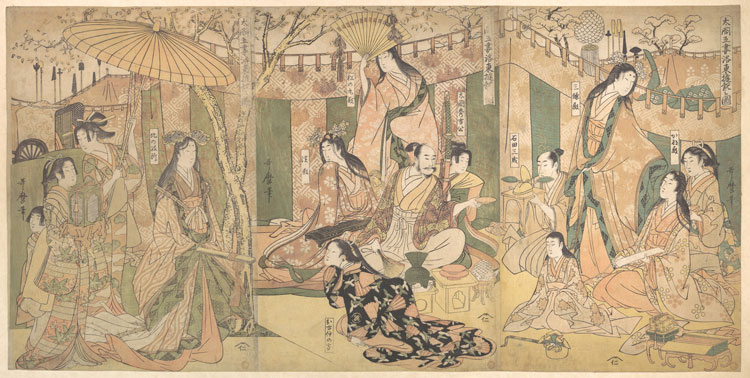
Despite this, Utamaro has been praised as a revolutionary artist of his time, being the first to be able to depict flesh in a “soft” manner. His drawn women exhibited a sensitivity that no other artist before him had been able to capture.
They were also rendered in an exaggerated fashion — tall and slender bodies, thin faces, long necks, tiny shoulders, and slit-like eyes and mouths. Maybe not so enticing to us today, but certainly, these were attractive features for the people of that time.
Hosoda Eishi (1756-1829)

Considered a rival to Utamaro, Eishi was first a court painter and high court official serving under the Shogun Ieharu Tokugawa. Born to a Samurai family, art was a pastime for Eishi rather than a means of living. At the age of 30, he left the court and dove into the world of printmaking.
His art style is similar to that of Utamaro’s, with both of them mostly portraying bijin — beautiful women. With the same slender bodies and long necks, it is believed that Eishi took inspiration from the aforementioned artist.
Katsushika Hokusai (1760-1849)

Perhaps the most iconic ukiyo-e artist worldwide, Hokusai was said to be born to an artisan family and grew up learning woodblock carving. Much like many of his peers, he began his career by drawing courtesans and actors for the Katsukawa school of art.
Later, he was known as quite the eccentric artist in his earlier years — in 1804, using a broom, he painted an 18-meter long portrait of a Buddhist monk with the help of his students.
Of course, the most notable work of Hokusai is the Thirty-six Views of Mount Fuji. Published in the last years of his life, this great collection of works fueled a boom in domestic travel but also changed the direction of ukiyo-e art completely.
From portrayals of city life, ukiyo-e art became increasingly focused on the landscapes of Japan. His most famous work is The Great Wave Off Kanagawa, which plays with perspectives as the great Mt. Fuji is depicted as small behind the iconic waves we all know so well.

Throughout his years, Hokusai painted in different styles and under different aliases, eventually leaving the world with 30,000 prints in his name. He has certainly shaped ukiyo-e art — and even art in general.
Despite this, his final words before his death were, “If heaven would give me just five more years, I might become a true painter.” To think a legendary artist said this… the discipline of the Japanese is truly out of this world.
Utagawa Hiroshige (1797-1858)
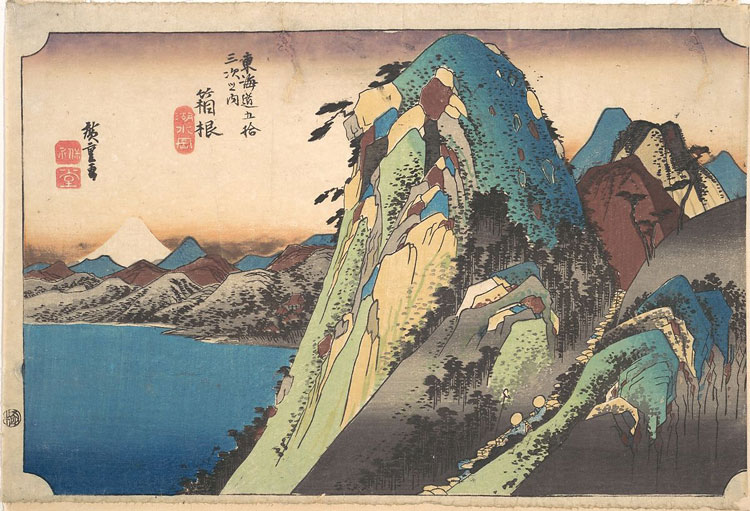
Perhaps the last great master of ukiyo-e, Hiroshige continued Hokusai’s legacy by following his approach to art. Largely inspired by Hokusai’s landscapes, Hiroshige is differentiated by his looser compositions — focused on depicting nature as is rather than in a stylistic manner.
Hiroshige’s One Hundred Famous Views of Edo depicted the everyday experience of Japan rather than through a historical or literary lens. This gives his works an almost nostalgic feel, appealing to the masses and drawing emotional attachment from the Japanese people to their native land.
Alongside Hotsukai, Hiroshige popularized Japanese art in Europe. His use of bright colors and ephemeral themes influenced Impressionist and Post-Impressionist art of the era. I’m not even Japanese, but these truly make me feel a longing for Japan.
Yurakusai Nagahide (1804-1848)

Nagahide’s works are on the more realistic side, going back to portraying actors and beautiful women. Far more detailed than the art of the time, his depictions were dynamic and lively as he commonly drew kabuki actors in action.
Shotei Takahashi (1871-1945)

Despite having been born after the Tokugawa regime and the peak of ukiyo-e, Takahashi still pursued the practice of woodblock printing. Joining the Watanabe print shop, he was one of the first artists to join the shop’s lineup of artisans.
In 1923, Japan was hit by The Great Kanto Earthquake, causing fires that burned for three days and killing over 140,000 people. Over 500 of Takahashi’s prints were destroyed in this tragic disaster.
Takahashi, along with the other Watanabe artisans, had to start all over again. Despite this, he wasn’t disheartened and within the rest of his lifetime, he still managed to create 250 more prints depicting scenic Japanese landscapes.
Ohara Koson (1877-1945)

Koson’s primary subjects in his prints are birds and flowers. He is perhaps the most popular maker of kacho-e in his time. Koson was an ukiyo-e artist at a time when photography was taking over the market.
While he drew depictions of important news like the Russo-Japanese war, photography was quickly becoming the preferred way to stay updated on current events.
As such, he shifted his focus to painting birds and flowers — kacho-e. His kacho-e was executed with an astounding degree of craftsmanship. However, the ukiyo-e aspect of his art is attributed to the Watanabe carvers.
While Koson painted his own works, the carving and printing aspect was done by a separate team specializing in ukiyo-e.
Tatsumi Shimura (1907-1980)

More a painter than an ukiyo-e printmaker, Shimura is one who makes a throwback to the bijin subgenre. However, unlike the slender women of Utamaro and Eishi, Shimura’s depiction of beautiful women was fashionable and somewhat cute.
His most famous collection, The Five Figures of Modern Beauties, depicts portraits of women with long lashes and full red lips — much like the beauty standards of today.

After ukiyo-e was introduced in the Western world, Japanese art and aesthetics became a point of interest for artists and civilians alike. This sudden popularity, termed Japonism, influenced many of the popular Western artists we know today. Believe it or not, Van Gogh and Monet were inspired by the likes of Hotsukai and Utamaro. In fact, Van Gogh’s use of ukiyo-e techniques in his art — simple colors with bold lines — is what makes him unique from other artists of his time.
Truly, ukiyo-e has greatly influenced artists of the past, and this has helped design evolve into what it is currently. Its aspects have trickled into many styles of design today, with its bold yet flat color schemes and simple subjects.
Thus, ukiyo-e continues to influence artists of today offline and online, just take a look at al lthe different digital versions of Hokusai’s Great Wave, not only in history but in art and design as we know it today.



































